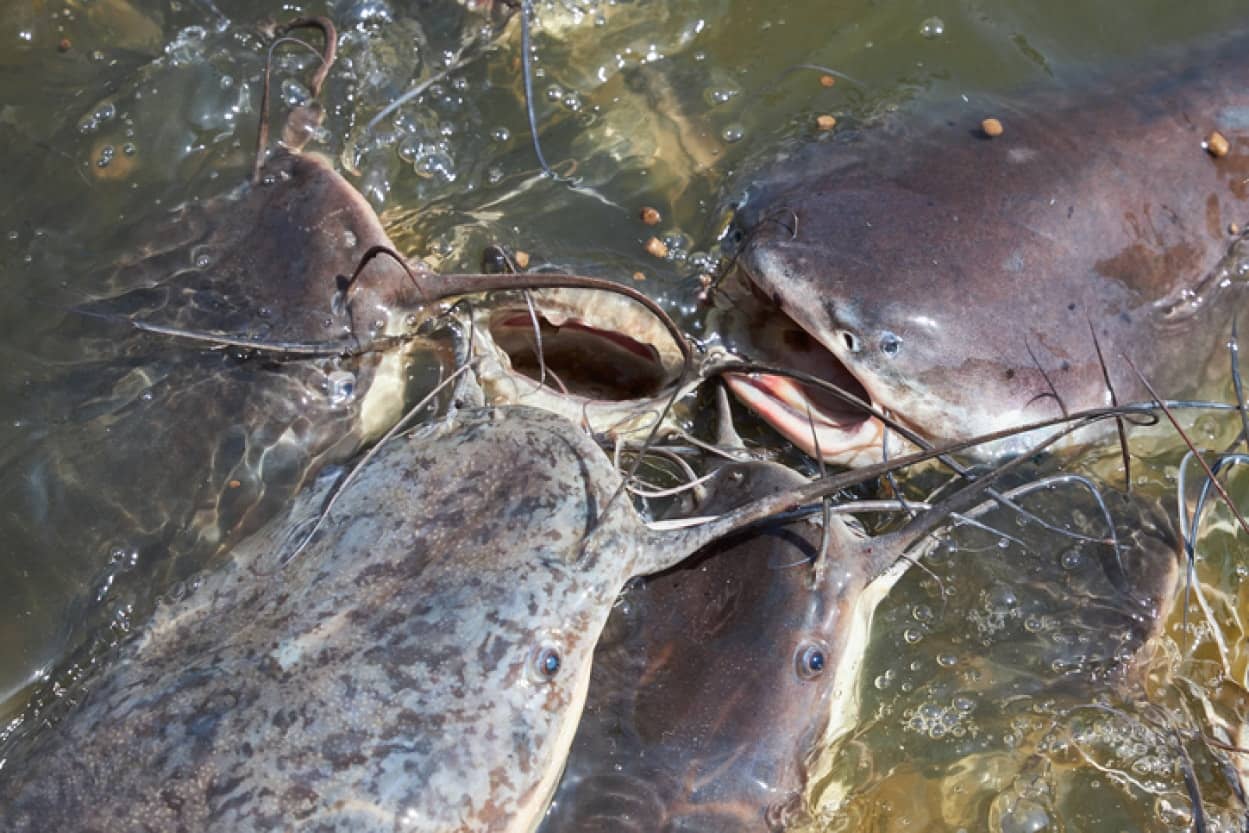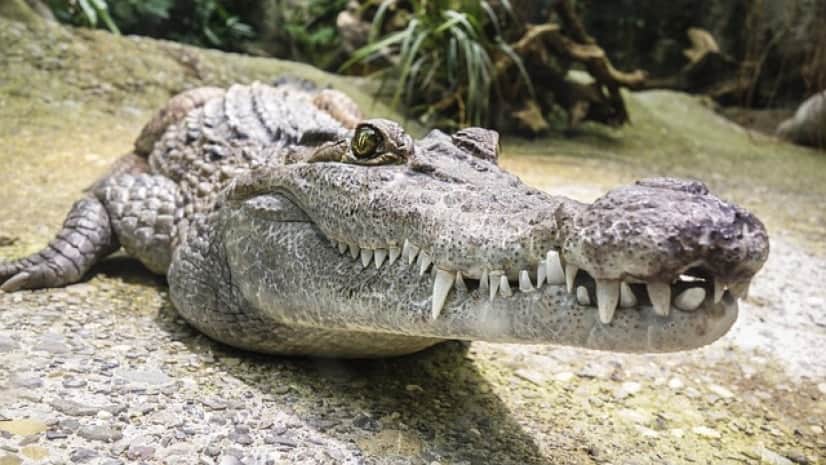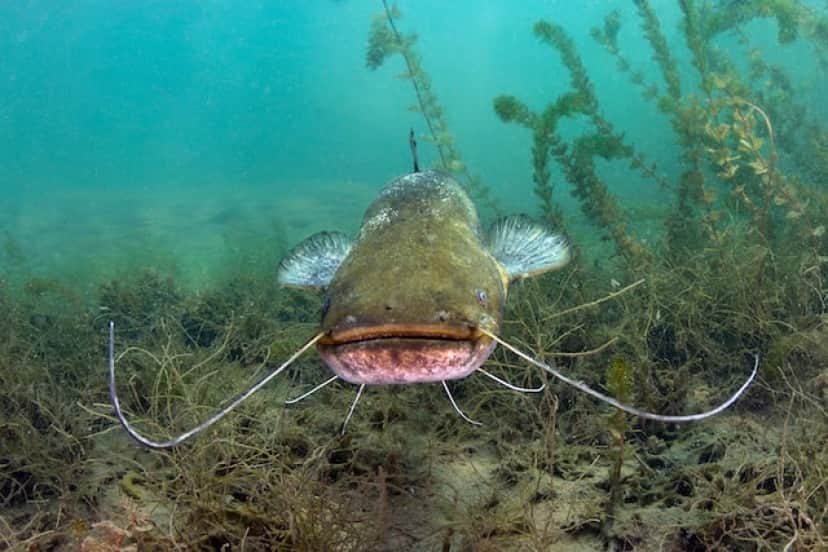Succeeded in transplanting crocodile genes into catfish. Infectious disease prevention measures with hybrid “crocodile catfish”

An American research team has successfully transplanted crocodile genes into catfish. You might call it a hybrid crocodile catfish.
Although it is not very familiar in Japan, catfish is a popular dish in the United States where it is eaten a lot.
By 2021, 139 million kilograms of catfish have been farmed, but farmed catfish are vulnerable to disease, and about 40% will die without being eaten.
To solve this problem, researchers turned catfish into alligators. It is said that turning into a crocodile makes the body stronger and helps prevent infectious diseases.
Transplanting disease-resistant crocodile genes
Crocodiles can get injured in a fierce fight, but they don’t die so easily. The secret is a protein called cathelicidin, a polypeptide found in blood. It has antibacterial properties and protects the crocodiles from infections.
Rex Dunham of Auburn University in Alabama and others had an idea. Transplanting the gene that produces cathelicidin into other animals might prevent infectious diseases.
Antibiotics can be used to prevent infection, but it is also a double-edged sword that creates resistant bacteria.
But genetic transfer to crocodile-like animals can avoid the overuse of antibiotics.

“Crocodile catfish” became stronger by transplanting crocodile genes to catfish
So Dunham and his team used the gene-editing tool CRISPR to transplant the crocodile cathelicidin gene into catfish.
Then, the catfish became resistant to diseases, and it was said that it certainly had a preventive effect against infectious diseases.
When they put the two pathogens into catfish tanks, they found that alligator catfish were two to five times more likely to survive than normal catfish.

There is no fear of disturbing the ecosystem because the reproductive capacity is lost.
The crocodile gene was transplanted into the catfish genome region related to reproductive hormones. Thanks to this, crocodilian catfish cannot reproduce.
So even if the catfish escapes from the farm, there is no need to worry about them multiplying in the natural environment and disturbing the ecosystem.
This transplantation method not only protects the catfish from infectious diseases, but also prevents unnecessary breeding, killing two birds with one stone.

Efficiency is necessary for popularization
According to the research team, alligator catfish, which are resistant to pathogens, require fewer resources to farm, which leads to less waste.
However, at the moment, crocodile transformation is a rather complicated task that needs to be repeated for each catfish spawning cycle, so it seems necessary to find an efficient method.
The pre-peer-reviewed paper of this study is available in bioRxiv (posted January 5, 2023).
D3资源 » Succeeded in transplanting crocodile genes into catfish. Infectious disease prevention measures with hybrid “crocodile catfish”





